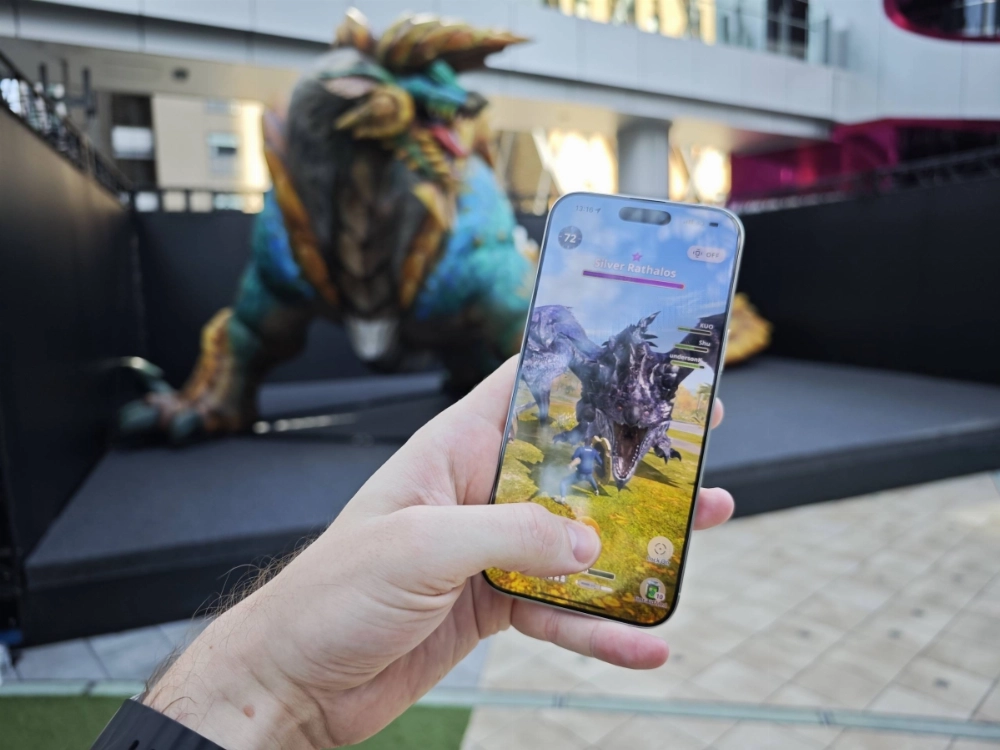Thousands converged on Shibuya on Saturday and Sunday to hunt for monsters in an augmented reality game reminiscent of Pokemon Go.
It had them ambling and sometimes running everywhere from Meiji Park to near Yoyogi National Stadium as the Monster Hunter Now app guided them toward virtual prey: creatures large and small displayed on mobile devices in real-world locations.
After doing battle, players were rewarded with items to craft weapons or armor.

















With your current subscription plan you can comment on stories. However, before writing your first comment, please create a display name in the Profile section of your subscriber account page.